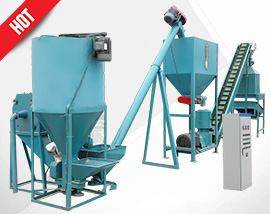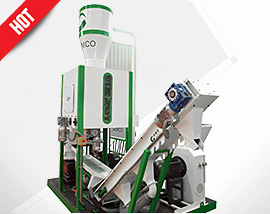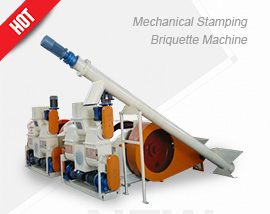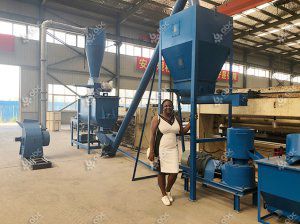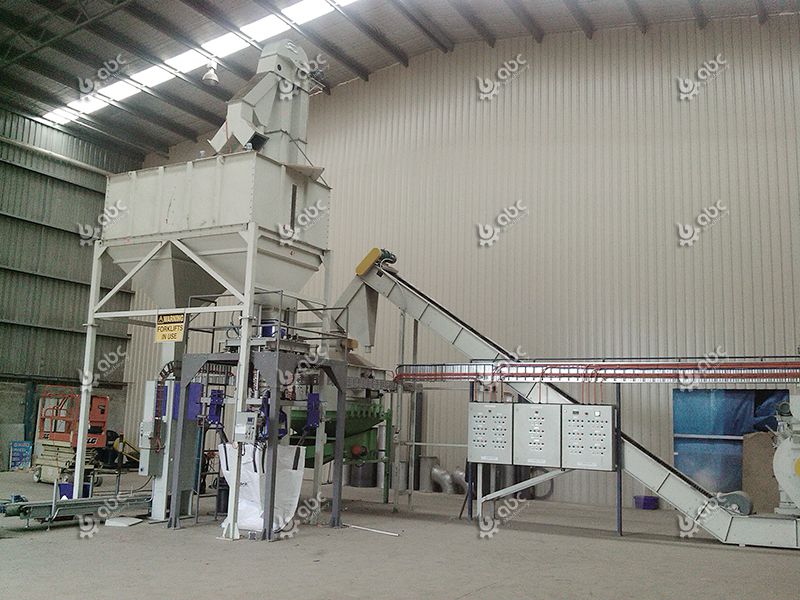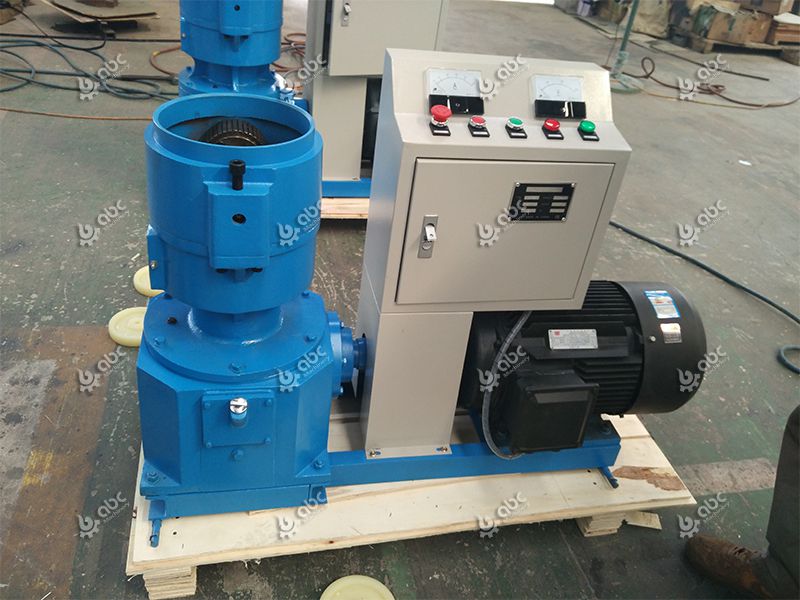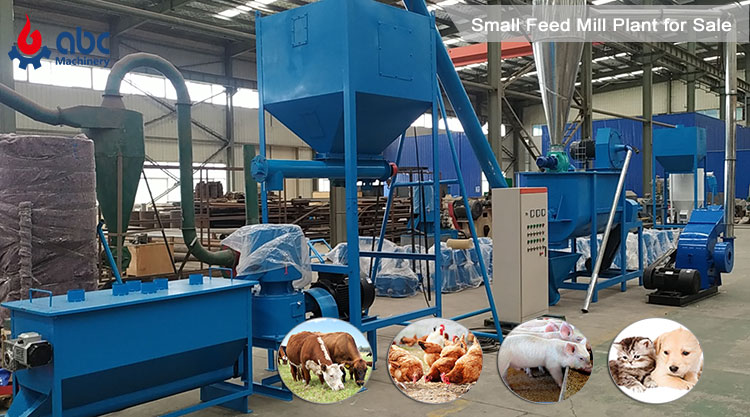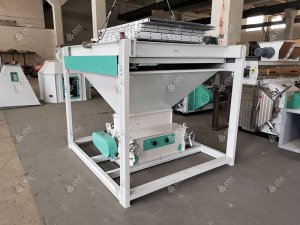Automatic Cat Litter Manufacturing Machine for Making Pelleted Animal Bedding

Make Your Own Natural Cat Litter Pellets from Sawdust, Paper, or other Biomass Materials
Looking for cat litter pellet machines to make pelleted animal bedding for your kitty ? Here we recomond you our automatic cat litter manufacturing machines. Here is an aricle about cat litter pellets making process and related equipment.
Types Of Cat Litter / Kitty Litter

Clay Litter (left), Silica-based Litter (mid), Pelleted Biomass Litter (right)
There are multiple ways to manufacture cat litter pellets depending on the base raw material that are used. For example, clay and silica-based material which accounts for over 70% of the market, and the eco-friendly version (wood, paper, pine, grain, corncobs, wheat grasses, etc.). While clay-based pellets continue to dominate the market, growing concerns about disposing them and the potential health hazard to the pet is being a driver to adoption of eco-friendly versions. (Related Post: How to make paper pellet cat litter? )
Cat Litter Pellet Machine
ABC Machinery offer both small and large pellet machines suitable for making cat litter pellets. All our equipment is sold directly from our factory at the best wholesale price. Don't hesitate to get in touch with us for the latest product cataloge and price list!

Electric and PTO Pellet Machine for Making Pelletized Biomass Cat Litter

Machine for Making Paper Cat Litter from Sawdust or Paper
Unlike pet food manufacturing, cat pellets is a matured industry which follows a standard manufacturing process. A large-scale manufacturing process consists of various parts or production lines such as crusher or hammers mill, feeders, mixers, conveyor belts, loaders, pellet mills, dryer, and packaging units. There are smaller or portable machines too which could cost around US$1000, producing 400-700kgs of pellet per hour too.
Introduction Of Cat Litter Pellets

Wood Litter Pellets (left), Paper Litter Pellets (right)
Cat litters pellets are a convenient modern-day solution for pet lovers who are hesitant to allow their cat to venture outdoor for nature's call. Cat litter pellets are growing in demand as owners of the gentle four-pawed animal are increasingly turning to litter pellets. It is estimated that about 87% of cat owners use litter pellets, largely driven by safety concerns such as human hostility, rough weather, traffic, and danger from other animals. (Hot Sale Equipment: Sawdust Pellet Machine for Sale)
Cat Litter Making Process
Manufacturing process: lt consists of three primary steps including sourcing of raw material, drying, sorting (assorting), inclusion of additives, followed by quality control.
- Sourcing the Raw Material
Depending upon the type of base raw material such as clay, silica or eco-friendly options, it needs to be sourced to begin with. Traditional clay litter is produced from Fuller's earth, and has the properties that can absorb liquid completely. Silica is produced by processing sodium silicate sand in presence of oxygen and water.
- Drying the Clay to Remove Moisture
The sourced clay is transported by conveyor belts and are crushed to finer particles. The finer clay now undergoes a baking process and passes through an oven where temperature could reach to a maximum of around 2000’F. The baked clay is further crushed to reach its final level of consistency and standard.
- Prepare granules or pellets of clay strands that are assorted with different sizes
The baked clay is made into finer granules or pellets of different sizes. Cat Litter Pellets of different sizes are assorted together as inconsistent sizes are considered to bear better absorption capacity
- Inclusion of Additives
The assorted litter are then combined with clumping agent such as sodium bentonite, known for swelling 15 to 18 times its massto enhance absorption capacity. It is then polished with dust controlling agents to ensure it doesn't break in to dust particle due to friction. It is finally sprayed with deodorizer to prevent foul smell
- Quality Control
The most important parameters for any consumer-based product is quality. The product undergoes stringent quality control in all aspects including absorption properties, odor, dust, and pet friendliness. Most manufactures do have their own pack of cats to test the product for all conditions with multiple variables before finally packaging the product for commercial use.
The other variants of raw materials such as paper, pine, corn, wheat grain, etc. undergo similar process, with the only minor variables. For example, in case of paper, used newspapers and cardboards form the primary raw material. The raw material is processed with fresh pulp and removed of all ink and colors. This is considered eco-friendly, because only the by-product or waste out of paper recycling that is short-fibers are used for making cat litters. The shorter fibers are dried and removed of all moisture content, and then made in to granules or pellets after mixing it with odor-control agents.


